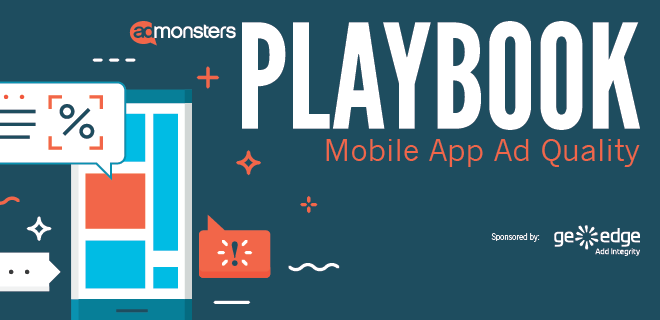
SDKs are both the answer to ad quality issues… and a problem in themselves.
Used for a variety of applications including monetization, analytics, and security, software development kit is the app’s access point out to other connected tech. However, developers tend to limit the number of SDKs an app uses for a variety of reasons, many tied to user experience:
- Difficult integrations and incompatible code;
- Latency issues, usually tied to size.
- Crash potential;
- And headaches related to software updates. An operating system update will likely require an SDK update, while an SDK update may require a publisher to get a new version of an app approved in app stores.
Limiting the number of monetization SDKs integrated has been a common practice; many in-app demand sources have also built simpler APIs that can handle the job. Especially with monetization technology, a single SSP or exchange can open up to a wide realm of demand sources, precluding the need for numerous SDKs. However, if an app is only using one SSP to reach out to numerous marketplaces, determining the sources of bad creative can become even harder than it already is.
To get the access it needs to prevent and track malvertising, a mobile-app ad quality provider needs to integrate an SDK; an API won’t cut it. And because user experience is their primary concern, product is more willing to integrate an ad quality SDK—minimizing the impact of auto-redirects in particular sounds fantastic.
Still, monitoring transactions—and potentially blocking creative—in real-time is a demanding task with a high potential to cause latency or crashes. And the app environment is not like the web where installing an ad quality provider requires a snippet of code—integrating (and removing) an SDK not only takes time, but app updates and app store approvals.
You need to choose your mobile-app ad quality partner even more wisely than you select other SDK partners. And this means data sharing—which goes two ways. It’s imperative you give your potential ad quality provider as much detail on your monetization and app setup as possible before getting feedback about what they can specifically do for you. In turn, the provider should be able to tell you just how their technology will affect your overall stack—and product.
Then test, test, test. An SDK integration isn’t forever, but because the process is resource-intensive, it’s like an ad server migration—not something you want to go through very often (or at all). The whole update-and-app-store-approval process is particularly draining. Due diligence in the pre-integration and trial phases will pay off in the long run.
Finally, work in tandem with your ad quality provider, and deliver the feedback they need to improve the product—don’t slack on the data-sharing! In-app ad quality is very much a work in progress, so the communication between you and your provider must be excellent. (As noted in the callout, 24/7 customer service is a must-have.)
Now is a great time to build a working relationship, because big changes are coming to mobile advertising—the rollout of 5G will vastly speed up connections, and probably open a slew of new doors for malevolent actors.
To learn more about mobile app ad quality and SDKs, download AdMonsters Playbook: Mobile App Ad Quality, developed in partnership with GeoEdge.